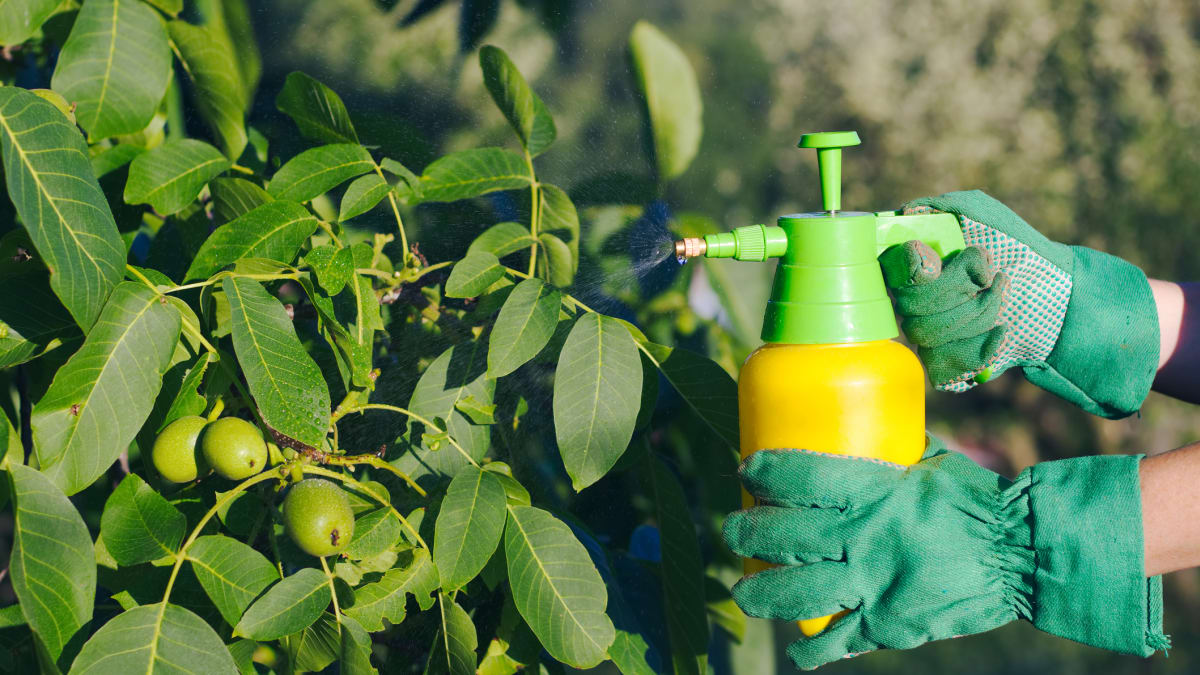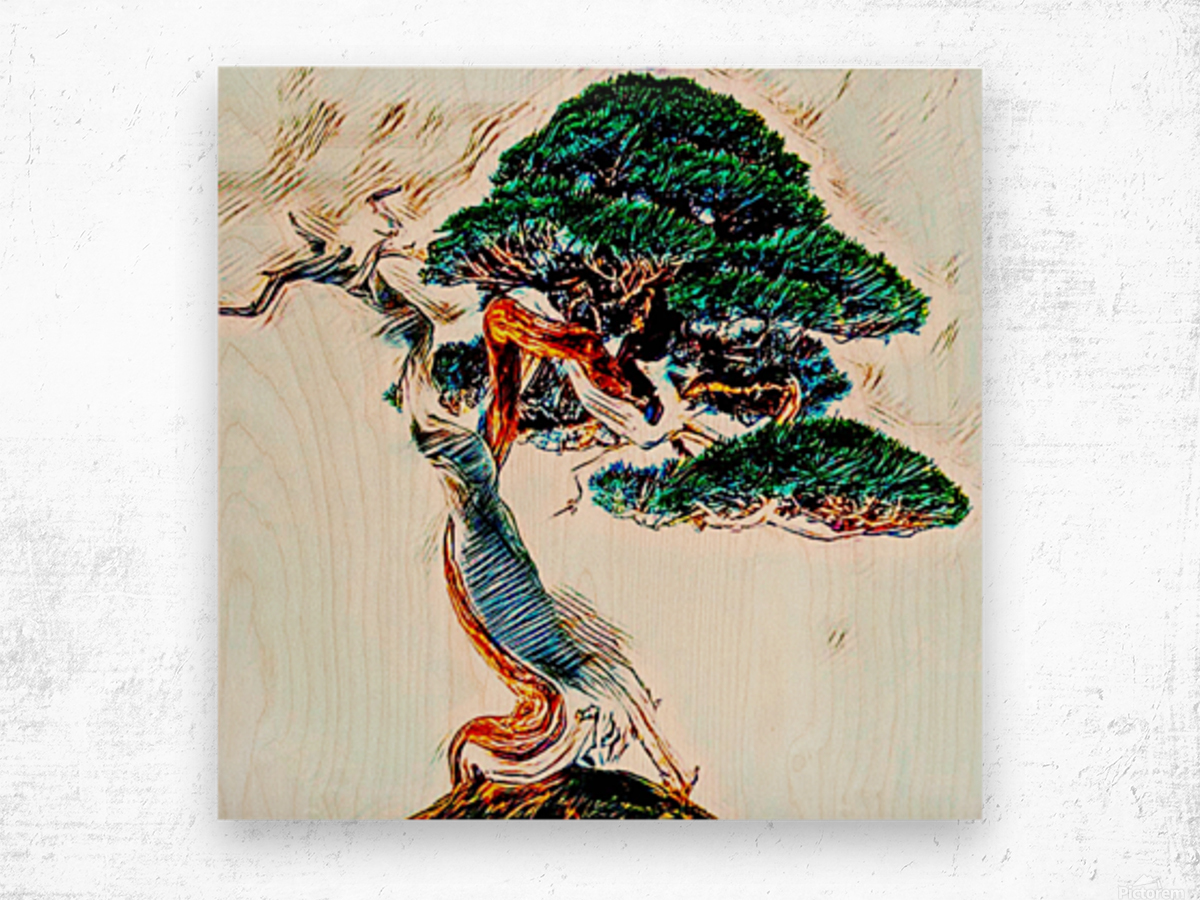Hiroshi Nakamura is a third-generation bonsai master from Kyoto, Japan. He has over 40 years of experience in the art of bonsai and has been sharing his knowledge with beginners around the world. Hiroshi is known for his unique approach to teaching, which combines traditional techniques with modern science.
Removing mealybugs from a Ficus religiosa bonsai is a multi-step process that involves isolation, manual removal, application of insecticidal soap or neem oil, and consistent monitoring for resurgence. These pests, often appearing as small white cottony masses, can cause significant damage to your bonsai if left untreated, leading to poor growth and unhealthy foliage.
Step 1: Let's Give Your Ficus Religiosa Bonsai Some Space 🌳
First, isolate your infected Ficus religiosa bonsai from other plants to prevent the spread of mealybugs. This is an essential first step in the process of bonsai tree pest control.
Step 2: Time for a Gentle Clean-Up of Your Bonsai 🧽
Next, begin the process of manual removal. Using a cotton swab dipped in rubbing alcohol, gently wipe the mealybugs off the leaves, stems, and any other visible areas. The alcohol helps to break down the waxy protective layer of the mealybugs, making them more susceptible to subsequent treatments.
Step 3: Applying Nature's Best Pest Control to Your Bonsai 🌿
After manual removal, apply a solution of insecticidal soap or neem oil to the entire bonsai tree. Both of these are safe and effective methods for maintaining healthy bonsai trees. Ensure that you cover all parts of the bonsai, including the undersides of the leaves where mealybugs often hide.
Now that you've manually removed the mealybugs, it's time to ensure they don't return. Here's how to properly mix and apply insecticidal soap or neem oil to your bonsai tree.
Remember to follow the instructions on the label of the product for the best results. Avoid applying these treatments in direct sunlight or high temperatures, as this can cause damage to your bonsai tree.
Remember to follow the instructions on the label of the product for the best results. Avoid applying these treatments under direct sunlight or high temperatures to prevent burning the foliage.
Step 4: Keep a Watchful Eye on Your Bonsai 🧐
After the initial treatment, keep a close eye on your Ficus religiosa bonsai for any signs of mealybug resurgence. If you notice more mealybugs appearing, repeat the above steps until no further signs of these pests are visible.
Step 5: Let's Prevent Those Pesky Mealybugs from Coming Back 🛡️
To prevent future mealybug infestations, ensure that your bonsai tree is in the best possible health. A healthy Ficus religiosa bonsai is less likely to succumb to pests and diseases. Regularly inspect your bonsai for signs of pests, keep it in a well-ventilated area, and avoid overwatering as soggy conditions can attract mealybugs.
Now that we have discussed how to deal with mealybugs, let's look at some frequently asked questions to further enhance your understanding and provide practical tips.
With these answers to common questions, you should be well-equipped to handle a mealybug infestation in your Ficus religiosa bonsai. Remember, prevention is always better than cure. Keep your bonsai healthy and inspect regularly for the best results.
By practicing good ficus religiosa bonsai care and being vigilant about potential pests, you can ensure that your bonsai tree remains healthy and beautiful for many years to come.
Final Thoughts: Embrace the Journey of Bonsai Tree Care 🌱
Remember, dealing with mealybugs is a common part of bonsai tree troubleshooting. With patience and the right techniques, you can effectively remove these pests and protect your Ficus religiosa bonsai from future infestations.
After manual removal, apply a solution of insecticidal soap or neem oil to the entire bonsai tree. Both of these are s
Remember to follow the instructions on the label of the product for the best results. Avoid applying these treatments









































